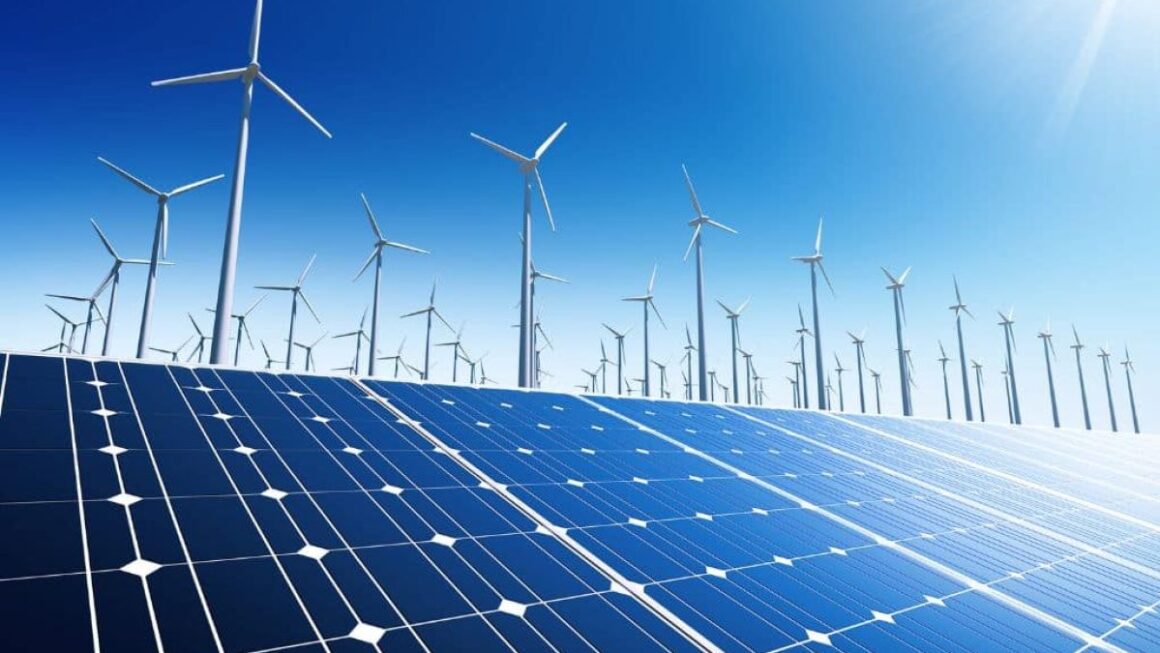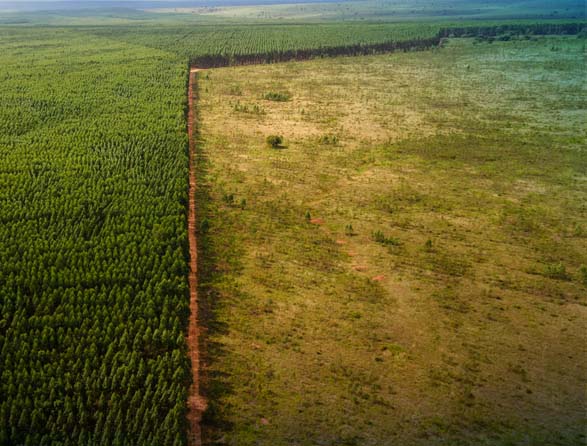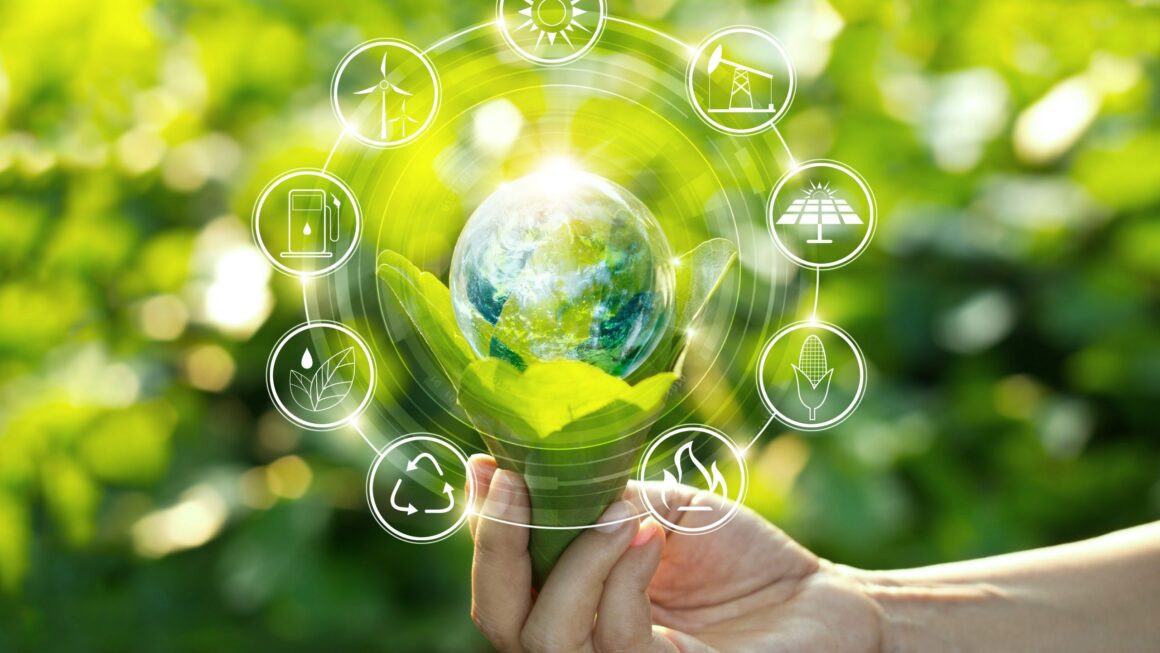As the world grapples with climate change, energy consumption, and the environmental impacts of fossil fuels, the search for sustainable energy sources has never been more critical. Sustainable energy refers to power sources that are environmentally friendly, renewable, and can be relied upon to meet our long-term energy needs. Transitioning to sustainable energy sources is crucial not only for reducing greenhouse gas emissions but also for securing energy independence, fostering economic growth, and ensuring a cleaner, healthier planet for future generations.
In this article, we will explore the most sustainable energy sources for the future, discussing their benefits, challenges, and how they are poised to shape the energy landscape moving forward.
1. Solar Energy
Solar energy is one of the most promising sustainable energy sources for the future. It harnesses the power of the sun to generate electricity and can be used in both small-scale applications, like rooftop solar panels, and large-scale solar farms.
Why Solar Energy is Sustainable:
- Renewable and Abundant: The sun is a virtually inexhaustible source of energy. Every hour, the Earth receives more solar energy than the world consumes in a year.
- Low Environmental Impact: Solar energy has minimal environmental impact once installed. It doesn’t produce harmful emissions or air pollution like fossil fuels.
- Scalability: Solar energy systems can be deployed at various scales, from individual homes to large power plants.
Challenges:
- Intermittency: Solar power generation is dependent on sunlight, meaning it can only generate electricity during the day and is less efficient on cloudy days.
- Energy Storage: To address intermittency, efficient energy storage solutions, such as batteries, are necessary, which can be expensive.
Future Outlook:
Solar energy technologies are rapidly advancing, and the cost of solar panels has fallen dramatically in recent years. As energy storage technologies improve and become more affordable, solar energy is expected to become an even more significant part of the global energy mix.
2. Wind Energy
Wind power involves capturing the kinetic energy from wind using turbines to generate electricity. It’s one of the most established forms of renewable energy and continues to grow in importance.
Why Wind Energy is Sustainable:
- Clean and Renewable: Wind energy is entirely renewable, with no emissions or pollutants produced during its generation.
- Efficiency: Wind turbines can generate large amounts of power, especially when located in areas with consistent winds, such as coastal regions and plains.
- Cost-Effective: The cost of wind power has decreased significantly, making it one of the most cost-effective renewable energy sources available.
Challenges:
- Intermittency: Like solar, wind power is intermittent and depends on wind speeds, which can vary.
- Environmental Impact: While wind energy is cleaner than fossil fuels, it does have some environmental impact. For example, large wind farms can disrupt local wildlife, especially bird and bat populations, and can take up significant land area.
Future Outlook:
Offshore wind farms, which harness the wind over oceans, are expected to play a large role in the future of wind energy, providing even more consistent and higher energy production. Technological advancements in turbine efficiency and energy storage are also likely to reduce the intermittency problem.
3. Hydropower
Hydropower, or hydroelectric energy, is the generation of electricity through the movement of water. It is one of the oldest and most widely used renewable energy sources.
Why Hydropower is Sustainable:
- Reliable and Efficient: Hydropower plants can generate large amounts of electricity and can operate continuously, providing a reliable energy source.
- Low Carbon Emissions: Once a hydroelectric plant is built, it produces little to no emissions.
- Storage Capability: Hydropower can be used as both a base-load and peaking power source, with the ability to store water in reservoirs to generate electricity on demand.
Challenges:
- Environmental Impact: Large-scale dams can have significant environmental impacts, including disrupting ecosystems, displacing communities, and altering water flows.
- Limited Sites: Suitable locations for large-scale hydropower projects are limited and may not be available in many regions.
Future Outlook:
While large hydropower projects may face challenges, smaller-scale hydropower solutions (known as micro-hydro) are gaining attention as a more sustainable option. Advances in “pumped storage” hydropower can also provide more flexibility and help balance electricity demand.
4. Geothermal Energy
Geothermal energy is the heat that comes from beneath the Earth’s surface. This energy can be harnessed for electricity generation or for direct heating.
Why Geothermal Energy is Sustainable:
- Constant and Reliable: Geothermal energy provides a constant and reliable source of power since the Earth’s heat is available 24/7.
- Low Environmental Impact: Unlike fossil fuels, geothermal energy production emits very low levels of greenhouse gases and has minimal environmental impact once a system is in place.
- Efficient: Geothermal systems are highly efficient, as they use heat from the Earth’s interior, which is constantly replenished.
Challenges:
- Location Specific: Geothermal energy can only be harnessed in areas with significant geothermal activity, such as near volcanic regions or tectonic plate boundaries.
- Upfront Costs: The cost of building geothermal power plants can be high due to drilling and infrastructure requirements, although operational costs are low.
Future Outlook:
Geothermal energy has significant untapped potential, and new drilling technologies could make geothermal power more accessible in regions that were previously unsuitable. Enhanced geothermal systems (EGS), which involve creating artificial reservoirs, could further expand the availability of geothermal energy.
5. Bioenergy
Bioenergy is derived from organic materials, such as plants, wood, agricultural waste, and even algae. It can be used to generate electricity, heat, or fuel (biofuels).
Why Bioenergy is Sustainable:
- Carbon Neutral: When managed properly, bioenergy is considered carbon-neutral because the carbon dioxide released when the organic material is burned is offset by the carbon absorbed by the plants during their growth.
- Waste Utilization: Bioenergy can be produced from agricultural, industrial, and municipal waste, helping reduce landfill waste.
- Diverse Applications: Bioenergy can be used for electricity generation, heating, and even in the transportation sector (biofuels like ethanol and biodiesel).
Challenges:
- Land Use: Large-scale bioenergy production can compete with food production, leading to concerns over land use and food security.
- Air Pollution: While bioenergy is cleaner than fossil fuels, burning biomass can still produce some air pollution, depending on the technology used.
- Deforestation: If not managed sustainably, bioenergy production from wood and crops could contribute to deforestation and habitat destruction.
Future Outlook:
Advances in bioenergy technologies, such as the development of second-generation biofuels (produced from non-food sources), and improved waste-to-energy processes, are expected to make bioenergy a more sustainable and scalable energy source.
6. Nuclear Energy
Nuclear energy uses nuclear reactions to produce electricity. While it is not a renewable resource, it is often considered a low-carbon energy source.
Why Nuclear Energy is Sustainable:
- Low Greenhouse Gas Emissions: Nuclear power plants emit little to no greenhouse gases during operation, making it an important low-carbon energy source.
- High Energy Density: Nuclear energy has a very high energy density, meaning it can generate large amounts of power from a small amount of fuel.
Challenges:
- Nuclear Waste: The disposal of radioactive waste remains a significant challenge, as nuclear waste can remain dangerous for thousands of years.
- Safety Concerns: Accidents, though rare, can have catastrophic consequences, such as the incidents at Fukushima and Chernobyl.
- High Costs: Nuclear power plants are expensive to build, maintain, and decommission.
Future Outlook:
While controversial, nuclear energy could play a role in a low-carbon future. Advances in nuclear technology, such as small modular reactors (SMRs) and potentially fusion energy, may offer safer, more efficient, and more sustainable solutions.
Conclusion
The future of sustainable energy is bright, with numerous renewable energy sources offering viable alternatives to fossil fuels. Solar, wind, hydropower, geothermal, bioenergy, and nuclear energy each have their strengths and challenges, but together, they can form the backbone of a sustainable energy future.
As technology advances and infrastructure evolves, the integration of these energy sources into our daily lives will become increasingly seamless. For a cleaner, more sustainable future, it is essential to invest in the research, development, and implementation of these energy sources, while also addressing the challenges they present. Through a combination of innovation, policy, and global cooperation, sustainable energy will help shape a brighter future for the planet



